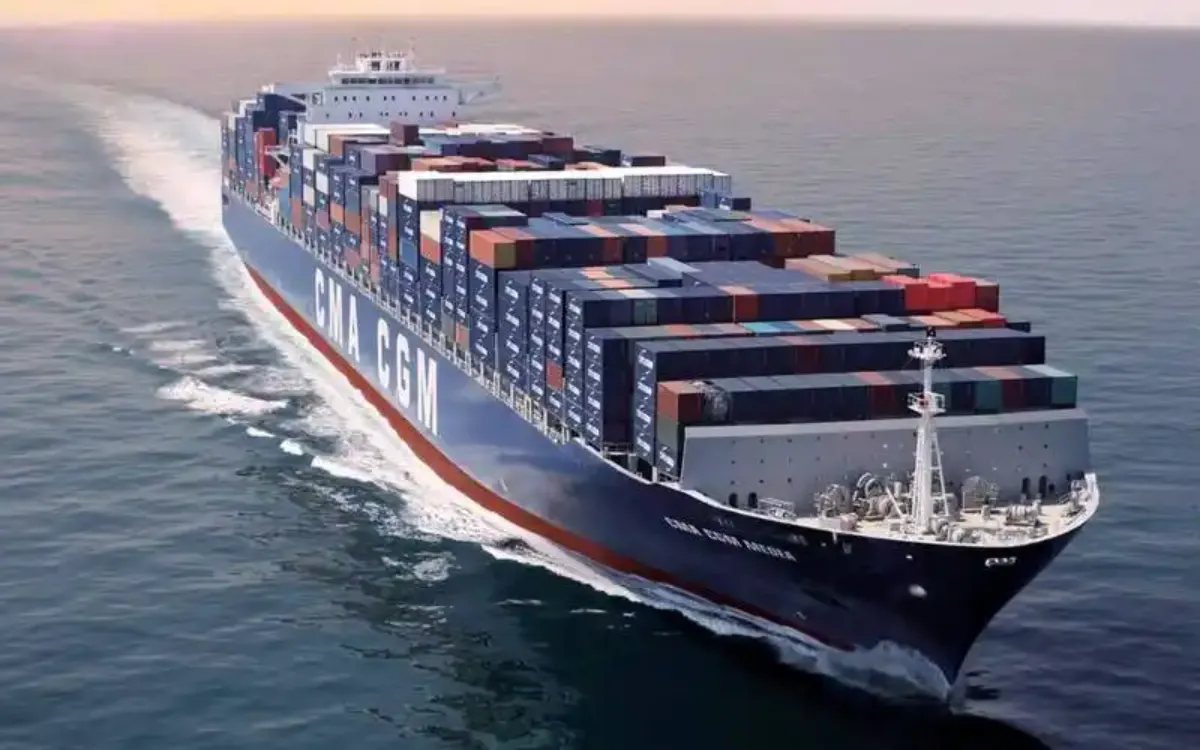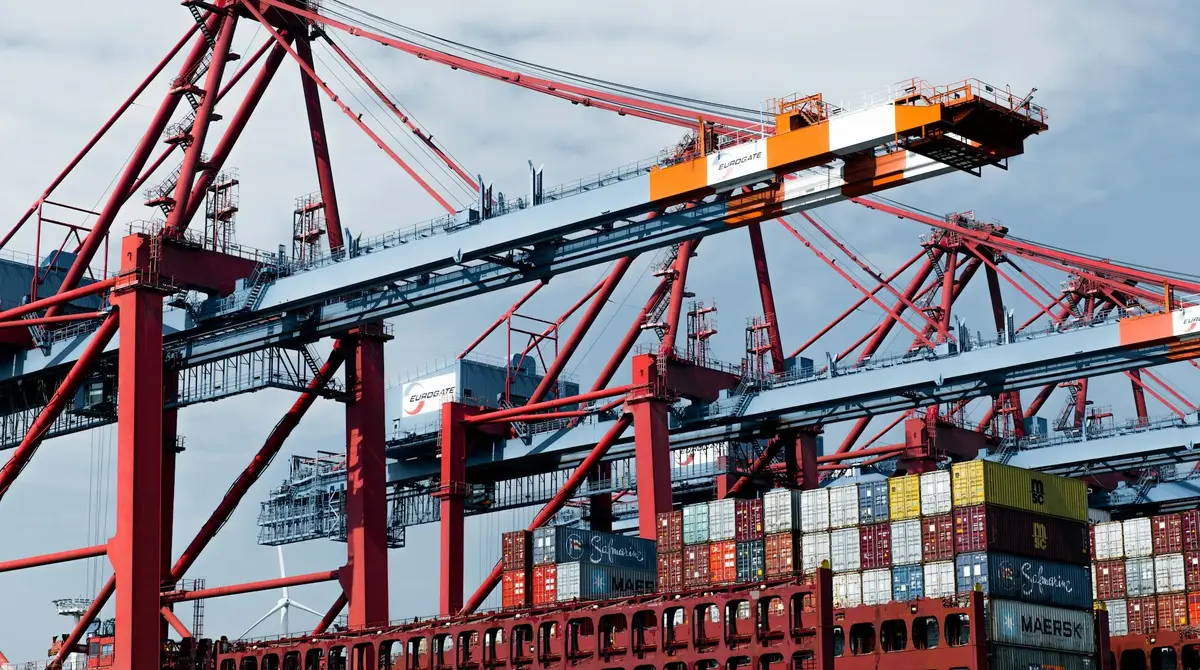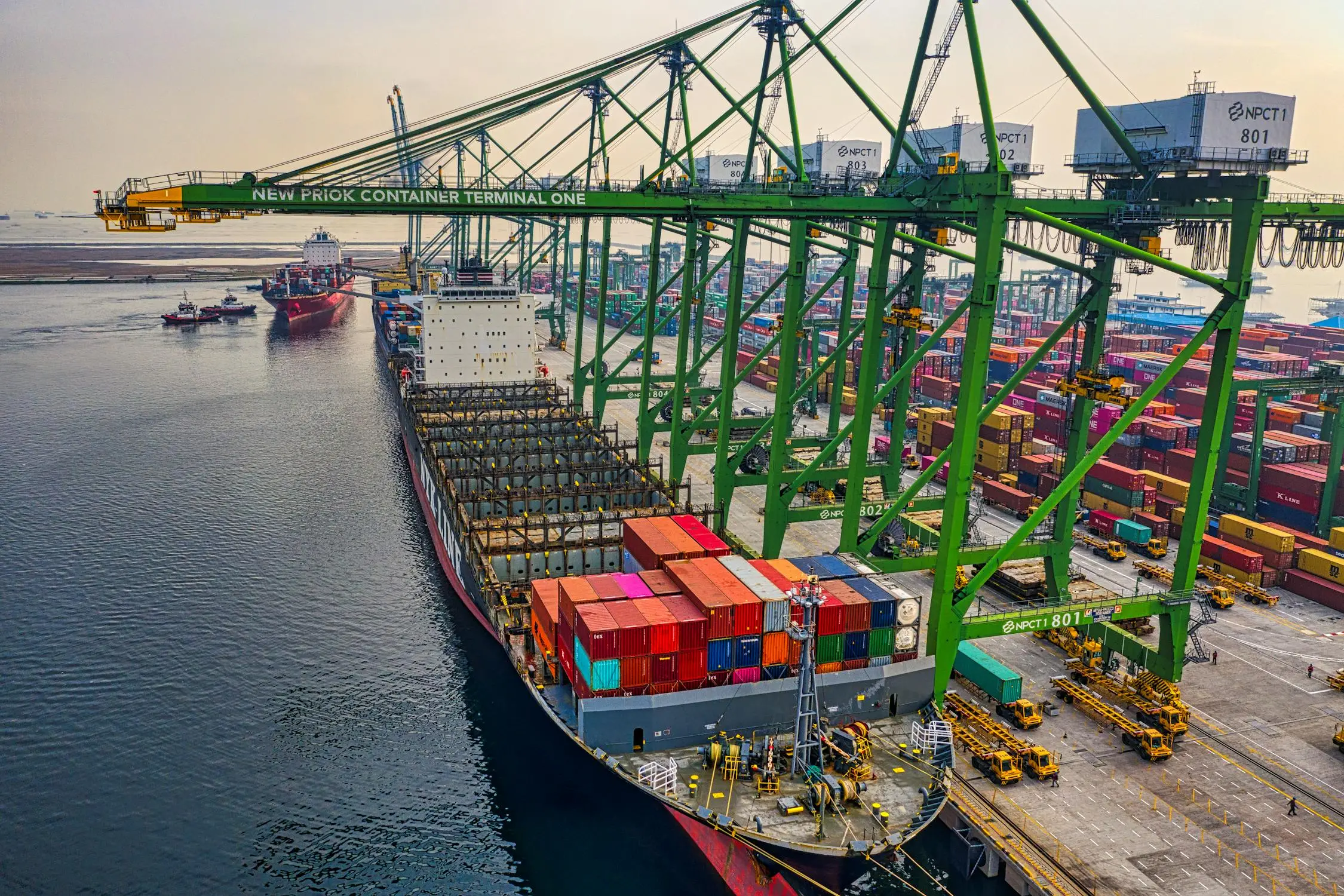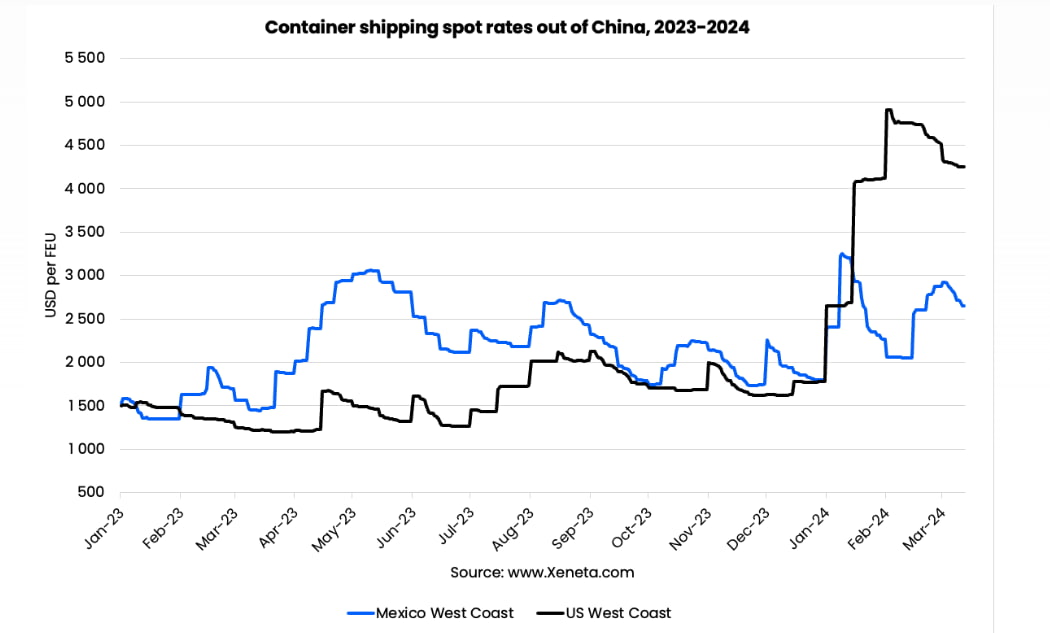
Understanding the Dynamics of Ocean Freight Rates
In the bustling world of international trade, ocean freight rates from China to USA play a pivotal role in shaping global commerce. These rates, which determine the cost of shipping goods across the Pacific, are influenced by a complex interplay of factors that can change rapidly, affecting businesses of all sizes engaged in trans-Pacific trade.
Key Factors Influencing Ocean Freight Rates
Ocean freight rates from China to USA are not static; they fluctuate based on various elements. Understanding these factors is crucial for businesses to navigate the shipping landscape effectively:
Fuel Prices: As a significant operational cost, changes in fuel prices directly impact shipping rates.
Supply and Demand: The balance between available shipping capacity and cargo volume affects pricing.
Season and Peak Times: Rates typically increase during peak shipping seasons like pre-holiday periods.
Trade Imbalances: Differences in export/import volumes between China and the USA influence rates.
Geopolitical Events: Trade tensions, regulations, and global events can cause rate fluctuations.
Currency Exchange Rates: As international trade often involves multiple currencies, exchange rates play a role.
Port Congestion: Delays and bottlenecks at ports can lead to increased costs.
Vessel Capacity: The availability of container ships affects the supply side of shipping.
Types of Ocean Freight Services and Their Impact on Rates
Different shipping options cater to varied needs and budgets. The choice of service can significantly affect the ocean freight rates from China to USA:
1. Full Container Load (FCL)
Ideal for larger shipments, FCL often provides more predictable and sometimes lower per-unit costs.
2. Less than Container Load (LCL)
Suitable for smaller shipments, LCL allows sharing container space but may have higher per-unit costs.
3. Express Services
Faster transit times come at a premium, but can be crucial for time-sensitive cargo.
4. Special Equipment
Refrigerated containers or other specialized equipment typically incur higher rates.
Current Trends in Ocean Freight Rates (China to USA)
The ocean freight landscape is ever-evolving. Recent trends affecting rates include:
Increased Digitalization: Online booking platforms are streamlining processes and potentially reducing costs.
Sustainability Initiatives: Green shipping practices may impact rates as the industry adapts to environmental regulations.
Carrier Alliances: Shipping line collaborations affect capacity and pricing strategies.
COVID-19 Impact: The pandemic has led to unprecedented fluctuations in demand and supply chains.
Infrastructure Developments: Improvements in ports and shipping routes can influence rates over time.
Strategies for Managing Ocean Freight Rates
Businesses can employ several strategies to optimize their shipping costs:
1. Timing Your Shipments
Understanding seasonal trends can help in planning shipments during lower-rate periods.
2. Negotiating Contracts
Long-term contracts with carriers can provide more stable rates, especially for consistent shipping volumes.
3. Consolidating Shipments
Combining smaller shipments into FCL can lead to cost savings.
4. Exploring Alternative Routes
Sometimes, indirect routes or transshipment options might offer more favorable rates.
5. Leveraging Technology
Using freight rate comparison tools and digital platforms can help find competitive prices.
The Role of Freight Forwarders in Rate Management

Freight forwarders play a crucial role in navigating the complexities of ocean freight rates:
Access to Multiple Carriers: Forwarders can offer a range of options and rates.
Volume Discounts: Their aggregated shipping volumes often translate to better rates for clients.
Market Insights: Forwarders provide valuable information on market trends and rate forecasts.
Customized Solutions: They can tailor shipping strategies to individual business needs.
Handling Complexities: Forwarders manage documentation and logistics, potentially reducing hidden costs.
Case Studies: Successful Rate Management
Case Study 1: E-commerce Giant's Strategic Shipping
A large e-commerce company optimized its ocean freight rates by:
Negotiating long-term contracts with multiple carriers
Implementing a just-in-time inventory system to reduce storage costs
Utilizing a mix of FCL and LCL based on seasonal demand
Result: 15% reduction in overall shipping costs and improved supply chain reliability.
Case Study 2: Small Business Success
A growing small business managed to compete effectively by:
Partnering with a freight forwarder for better rates and market insights
Consolidating shipments with other small businesses
Focusing on off-peak shipping times
Result: 20% savings on freight costs and ability to offer competitive product pricing.
Future Outlook: Ocean Freight Rates from China to USA
Looking ahead, several factors are likely to shape the future of ocean freight rates:
Technological Advancements: AI and blockchain may revolutionize pricing models.
Environmental Regulations: New emission standards could impact operating costs and rates.
Geopolitical Shifts: Changing trade relationships may alter shipping patterns and pricing.
Infrastructure Investments: Port modernization and new trade routes could influence rate structures.
E-commerce Growth: Continued expansion of online retail may drive demand and affect rates.
Conclusion: Mastering the Waves of Ocean Freight Rates
Understanding and effectively managing ocean freight rates from China to USA is crucial for businesses engaged in trans-Pacific trade. While the landscape is complex and ever-changing, staying informed about market trends, leveraging technology, and working with experienced partners can help navigate these waters successfully.
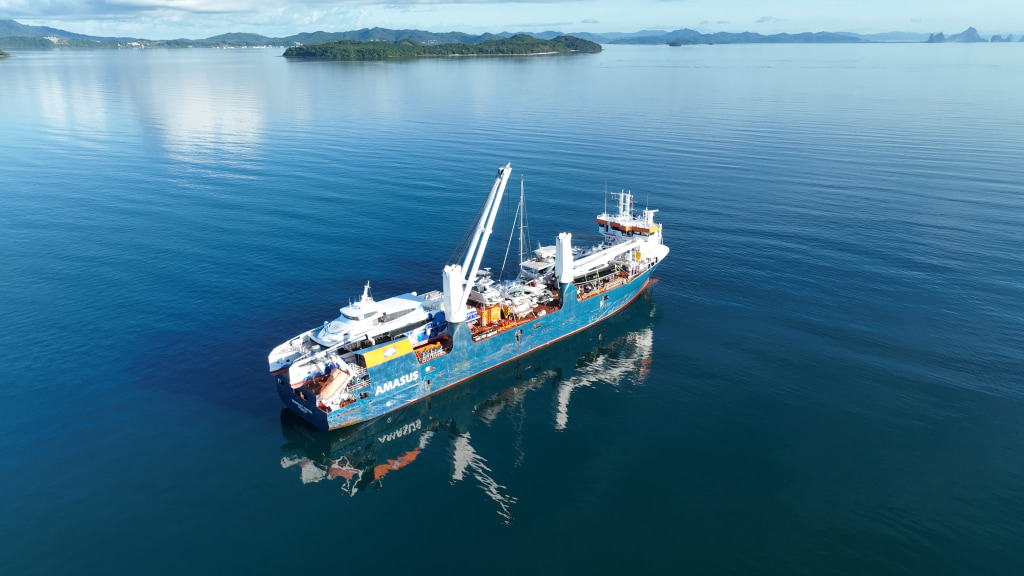
By adopting a strategic approach to shipping, businesses can not only manage costs effectively but also gain a competitive edge in the global marketplace. Remember, the goal is not always to find the lowest rate, but to achieve the best value – balancing cost, reliability, and service quality to support your overall business objectives.
As global trade continues to evolve, so too will the strategies for managing ocean freight rates. Staying adaptable, informed, and proactive will be key to riding the waves of international shipping successfully, ensuring that your business can thrive in the dynamic world of global commerce.
 Easy Shipping From Global, Save Cost
Easy Shipping From Global, Save Cost

